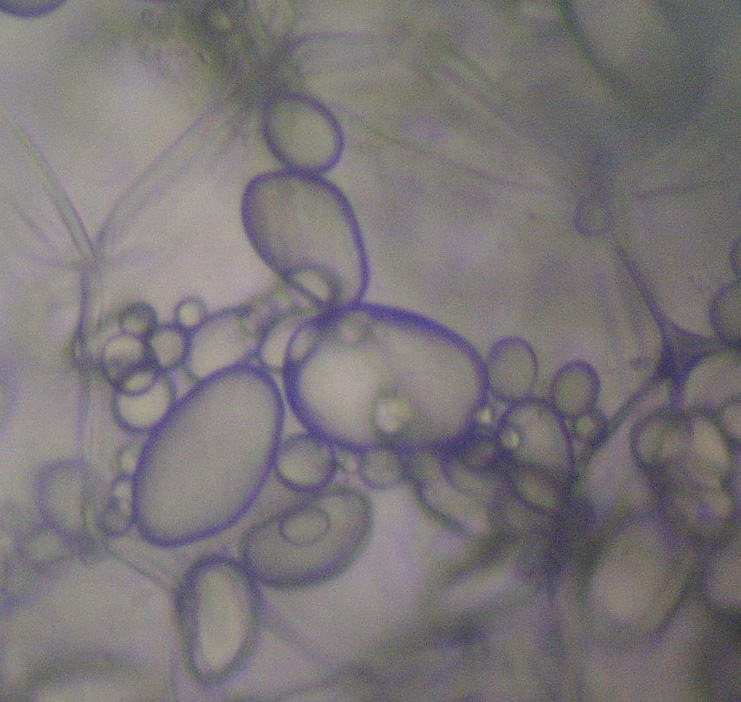Chromoplasts
Look at a flower. Go on. Do it. See the petals? Pretty colours, eh? Well, they're caused by chromoplasts. ''Chromo'' comes from the Greek word khrōma which translates to colour! Simples!
Chromoplasts are found in colourful things (unsurprisingly!). They are found in flower petals, fruts and structures that have a yellow, orange or red pigmentation.
Lycopene: red (tomatoes)
Xanthophylls: yellow (egg yolk)
Carotene: orange (carrots)
They can form directly from proplastids but can be formed from some chloroplasts. In the same way, chromoplasts can develop into chloroplasts! Pretty neat, eh?
Take a carrot root. Expose it to some light. See if it turns green. It should turn green as a result of chromoplasts (found at the tops of carrot roots) being altered to form chloroplasts which are green in colour. The exposure to light causes the formation of chloroplasts. Personally, I don't really find this surprisng because it is most likely an adaptation that has been evolved into these plants over a long period of time over many generations through the process of natural selection. The plants whose root tips were able to photosynthesise when the plant was upturned (e.g. by an animal) survived as they were able to store and release more energy.
 |
| Beautiful, isn't it? |
To be honest, I have no idea how to say that word. But I DO know that the ''leuco'' comes from the Greek word ''leucos'' which means white. These plastids store a lot of products. A type of leucoplast (as shown on the diagram above) is the amyloplast.
Amyloplasts store starch and are actually pretty huge. They are found in the roots, tubers and seeds of plants. Amyloplasts can convert to chloroplasts when exposed to light. This is quite odd because amyloplasts are actually highly specialised and will need to unspecialise very inconveniently in order to do so. Sometimes, you may find green patches on some raw potatoes. These potatoes have leucoplasts on the outside of them. Whilst the potato was growing, some light must have made contact with these storing leucoplasts.
 |
| Amyloplast organelles from a potato cell |
The evolution of pastids
These specialised organelles don't come cheap. Chloroplasts, for example, have been accepted as once being bacteria (cyanobacteria, actually) in their own right.
Cyanobacteria have chlorophyll on their outer membranes, giving them a blue/green colour. If a non-green unicellular animal engulfed a cyanobacterium but didn't digest it (as you do), the bacterium would be nurtured like an embryo in a mother. Nurturing would involve the animal cell providing the bacterium with minerals, carbon dioxide and a place to live. This is a dual-beneficial system whereby the animal cell benefits from a supply of sugars (from photosynthsis) and oxygen. They call it love, baby.
Actually, they call it endosymbiosis. :I
Many people also believe that mitochondria formed as a result of an animal cell engulfing (but not digesting) a non-green bacterium. A symbiotic relationship was formed. Awww.
That's all for now! Next time, I'll provide a more thorough explanation of endosymbiosis just because I love you so much. :)
Exocytosis
No comments:
Post a Comment